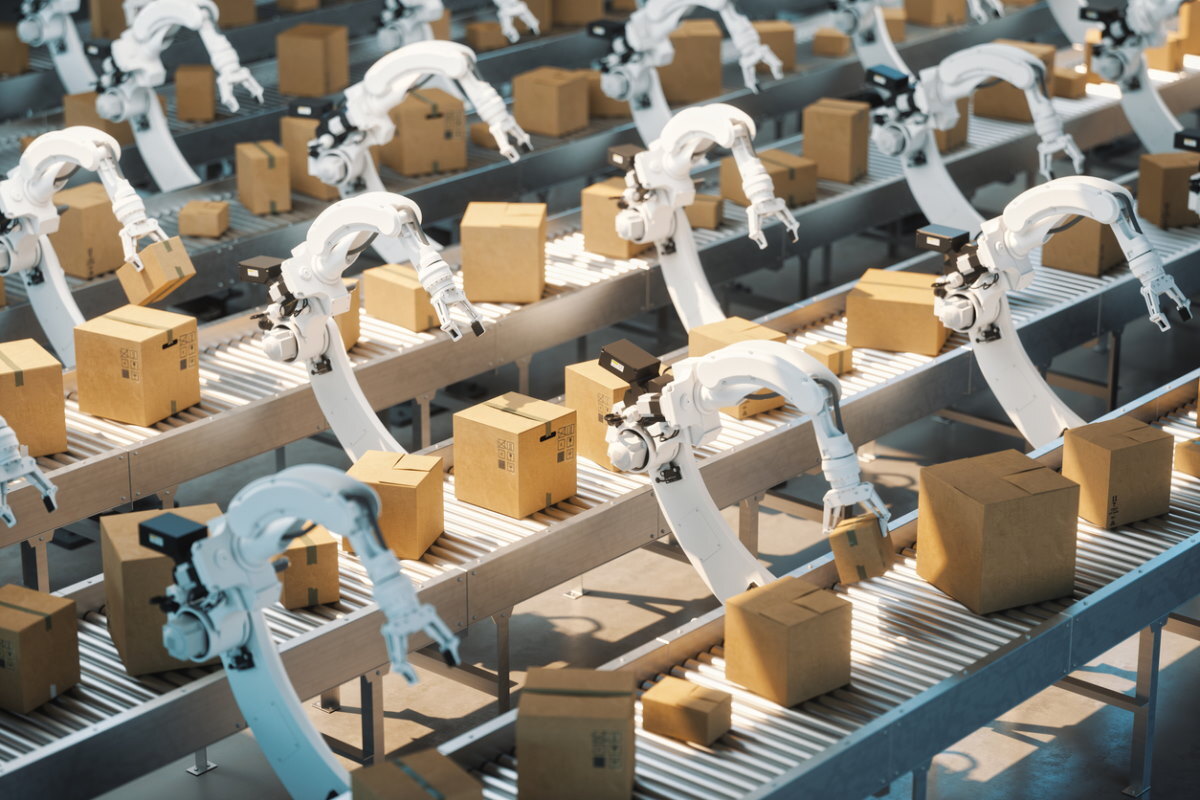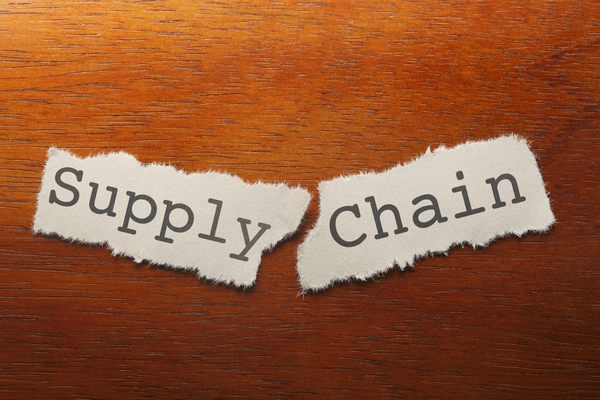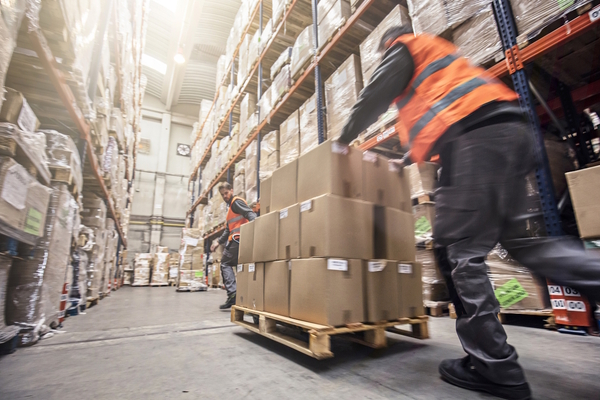Keeping supply chains agile and responsive

Claire Rychlewski at supply chain management specialists Kinaxis explains how organisations can avoid choking in supply chain bottlenecks
For supply chain professionals, the last two years have been uniquely challenging. The almost total shutdown of the global economy during pandemic lockdowns and the differing responses of individual nations were followed by last year’s Suez canal blockage.
A single vessel was able to cause so much disruption that major companies immediately set about reassessing their entire supply chain philosophies. There was just one question on the lips of their CFO’s. What will you do differently next time?
With containers in the wrong places, continuing Covid outbreaks and a shortage of HGV drivers in Europe, it remained hard last year to know where the next bottleneck would come from. Now the Russian invasion of Ukraine and the sanctions it has triggered have caused further major global trade disruptions. High global fuel prices are also affecting production and transport in many industries.
In Germany, according to Reuters, Porsche, Volkswagen and BMW have all reduced output due to problems with the supply of wire harnesses from Ukraine, which are vital to the manufacture of cars. Russia is also an important source of many metals used in the aerospace industry and others in hi-tech and electronics.
It is hardly surprising then, that the concept of VUCA (Volatility, Uncertainty, Complexity and Ambiguity) has rocketed up the agenda for businesses determined to ensure products arrive with customers in the right place at the right time.
This is no trivial matter. The interruption of Ukrainian agricultural processes, for example, threatens the supply of wheat to several countries, and the production lines of many consumer goods companies. In extreme cases this can have political consequences.
The criticality of many supply chains means CEOs are now keeping them under closer watch. Automated processes and dashboards are being put in place as management becomes digitised. While such technology is a game-changer for supply chains and businesses, it also increases the attack surface for cyber criminals. This is frequently due to the way supply chains are interlinked in the modern age, which means that organisations are only as strong as the weakest link across their whole chain.
The myriad challenges facing organisations mean that the weakest link in the supply chain can appear quickly and from unexpected areas, giving organisations precious little time to pivot successfully. It places a high premium on the ability to shrink the time between planning and execution, particularly to meet relentlessly high consumer expectations which have continued throughout the pandemic.
AI and digital twin technologies
This is where supporting technologies come into play. Businesses should consider solutions using artificial intelligence (AI) to improve forecasting. AI can look at patterns in huge datasets that go far beyond human capability to write intelligent algorithms or analytics.
Organisations are then able to proactively identify gaps or issues with more accurate demand forecasts, sales orders, material, capacity, shipments and other elements of supply, with automatic alerts for any exceptions. This can then augment human expertise to help plan for the unexpected.
This should go a stage further through deployment of digital twin technology to better identify any weak or potentially weak links and risks in supply. This creates a detailed digital version of their end-to-end business flow, which is essentially a virtual model that accurately represents the lifecycle of a physical supply chain using live, accurate data.
With a virtual environment, where numerous scenarios and changes can be simulated without consequence and free of danger, organisations are able to strengthen the physical supply chain’s agility and speed with tried and tested improvements.
Circularity for greater resilience
Yet it is not just the supply chain links at greatest risk of disruption that should be the focus of attention. Linear supply chain models need to give way to circularity, which enables major gains in waste reduction and advances the re-use and recycling of resources.
By putting sustainability at the centre of supply chain planning and decision-making, circularity will inject greater resilience into all links, while also reducing reliance on hard-to-access and scarce raw materials. This is a highly complex area of course, but ensuring sustainable practices could provide the resilience needed to help navigate all the challenges both past, present and future.
An unrelenting focus on supply chains
The dramatic events of the last two years have combined with longer term trends to push supply chains through major transformational change. There’s little doubt that the rest of 2022 and the years beyond will bring further significant bottlenecks and disruptions. The world is far from settled and has yet to advance significantly on climate change goals to reduce the likelihood of major bad weather events.
It is for these reasons that organisations need to prepare far more thoroughly for the full range of the unexpected, particularly due to the increasingly interconnected nature of 21st century supply chains.
Consumers and business customers, whether they are buying toys or steel girders have become accustomed to quick, on-time delivery. As circumstances change around organisations, they need to ensure that their supply chains continue to provide the goods and services to the end consumers that rely on them.
The challenges are potentially so significant now that companies need supporting technologies so they can highlight any weak spots and move quickly to rectify problems, keeping the flow of products moving. Then they can ensure every link is as strong as the other, improving the long-term resilience and flexibility of their supply chain operations.
For CEOs, supply chains have never been more critical. It is essential supply chain operations are at the top of the boardroom agenda, attracting sufficient funding to remain the key engines of business viability and profitability.
Claire Rychlewski is SVP, EMEA at Kinaxis
Main image courtesy of iStockPhoto.com

Business Reporter Team
Most Viewed
Winston House, 3rd Floor, Units 306-309, 2-4 Dollis Park, London, N3 1HF
23-29 Hendon Lane, London, N3 1RT
020 8349 4363
© 2025, Lyonsdown Limited. Business Reporter® is a registered trademark of Lyonsdown Ltd. VAT registration number: 830519543




